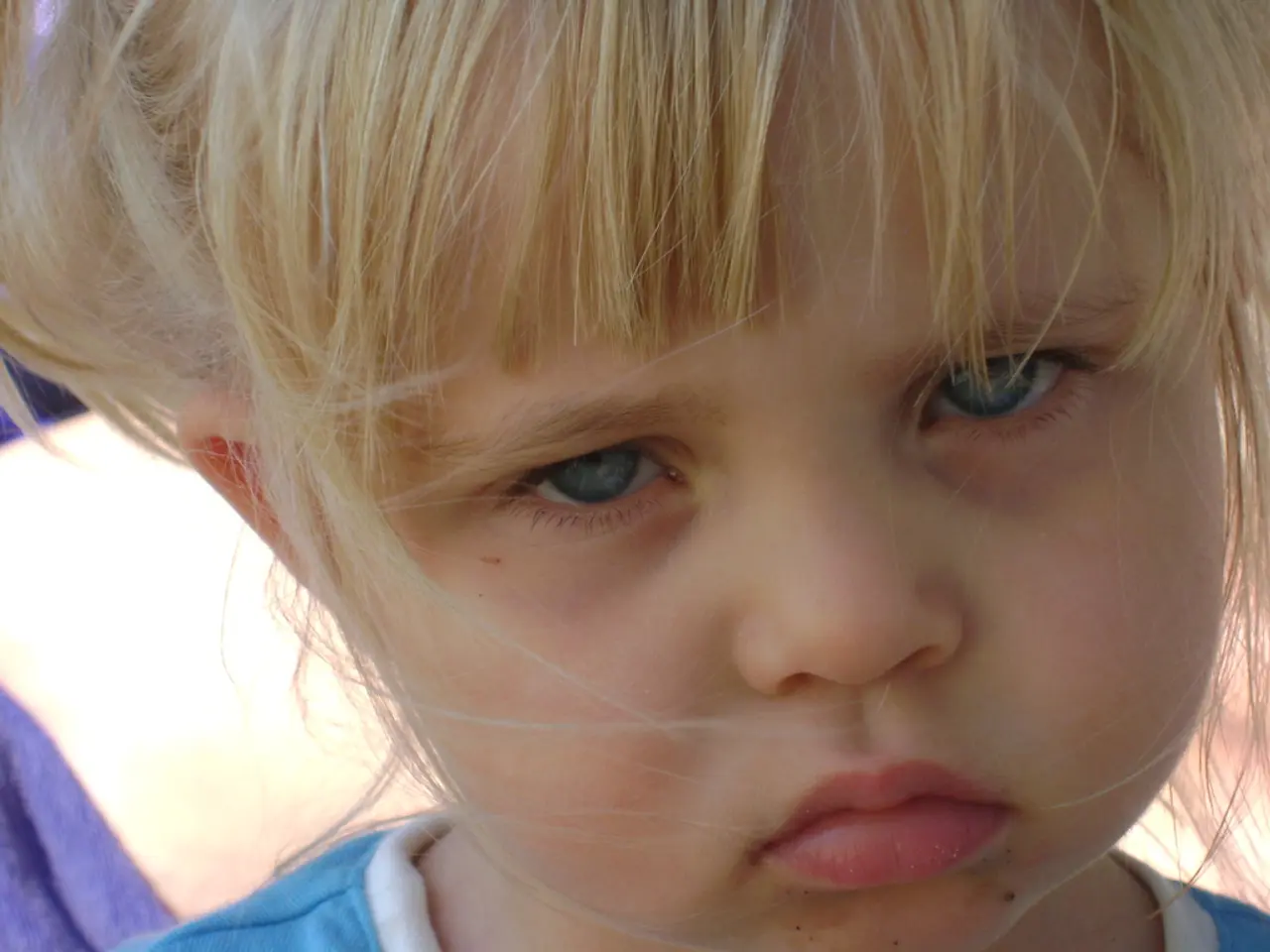Understanding Child Negligence: A Look at Child Maltreatment
In a world where the well-being of children is of paramount importance, understanding and addressing child maltreatment has become a critical focus for governments, communities, and organisations worldwide. Child maltreatment, encompassing various forms of abuse and neglect, can have devastating effects on a child's physical and emotional health, and it is essential to recognise the signs, prevent it, and provide early intervention and support.
Child maltreatment can stem from a multitude of factors, including parental issues, socioeconomic circumstances, community and environmental factors, and cultural beliefs. Understanding these causes is crucial for prevention and intervention strategies. Maltreatment can be categorised into several distinct types, such as physical abuse, emotional abuse, sexual abuse, neglect, and medical neglect.
To combat child maltreatment effectively, a combination of strategies has been endorsed globally. Comprehensive parenting support, legal protection measures, public awareness, and coordinated multisectoral actions are at the heart of these strategies.
One key strategy is parenting programs and caregiver support. These initiatives aim to help parents understand positive, non-violent discipline and foster effective parent-child communication, thereby reducing harsh parenting and violence. UNICEF's INSPIRE framework emphasises supporting parents to develop positive bonding and interactions as a central violence prevention strategy, particularly in low- and middle-income countries. Programs like the Triple P-Positive Parenting Program have shown effectiveness by integrating parent training into public health campaigns, reducing substantiated child maltreatment and out-of-home placements, while being cost-effective and community-oriented.
Another strategy is the multisectoral theory of change and coordinated response, promoted by UNICEF. This approach integrates health, education, social services, and legal systems to prevent violence and improve outcomes for victims. It includes evidence-based strategies that are adaptable at country and community levels and focus on systemic results.
Legislative and mandatory reporting frameworks have also been implemented in many countries since the 1960s. These laws require professionals such as teachers and doctors to report suspected abuse, creating environments where abuse is more likely to be detected, reported, and prosecuted. Courts have adapted to reduce trauma for child witnesses.
Public education plays a vital role in prevention by informing communities about the signs of maltreatment and encouraging reporting. Awareness campaigns help change social norms and empower communities to protect children.
Addressing gender norms and cultural factors is another essential aspect of effective programs. These initiatives explicitly tackle underlying gender norms and social drivers of violence to create sustainable change.
In the United States alone, the Child Maltreatment Report 2023 indicated that over 600,000 children were confirmed victims of abuse or neglect. Recognising the signs of maltreatment is crucial for early intervention and support. These signs can include unexplained injuries, changes in behaviour, neglected appearance, fear of going home, and developmental delays.
Child maltreatment can have long-lasting effects on a child's physical and emotional well-being, including physical symptoms, emotional and behavioural symptoms, and developmental delays. Emotional abuse involves behaviours that harm a child's self-worth or emotional well-being, while sexual abuse is a grave violation of a child's rights and involves any sexual activity with a child. Medical neglect is a specific type of neglect where a caregiver fails to provide necessary medical care for a child's health issues.
In summary, comprehensive parenting support, legal protection measures, public awareness, and coordinated multisectoral actions constitute the most effective globally endorsed strategies for preventing and addressing child maltreatment. These approaches focus not only on immediate intervention but also on sustainable prevention through cultural change and community engagement. Understanding child maltreatment is vital for prevention, intervention, and providing better support to children and families in need.
Sciencely-informed health-and-wellness strategies can be crucial in addressing mental health aspects of child maltreatment. For instance, understanding the neurodevelopmental impacts of emotional abuse and neglect can guide interventions that promote resilience and healing. Furthermore, implementing evidence-based mental health programs, such as cognitive-behavioral therapy, can help children recover from traumatic experiences and improve their overall well-being.




